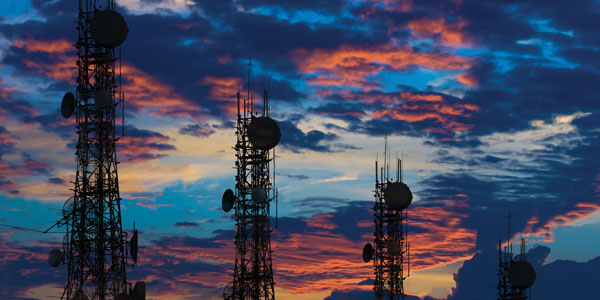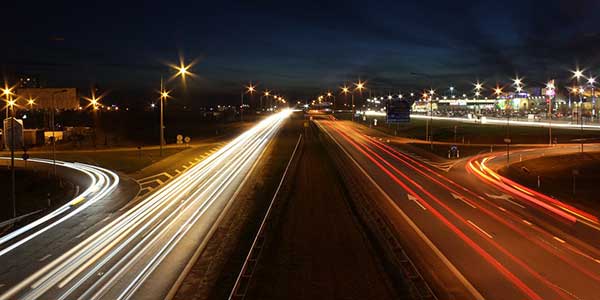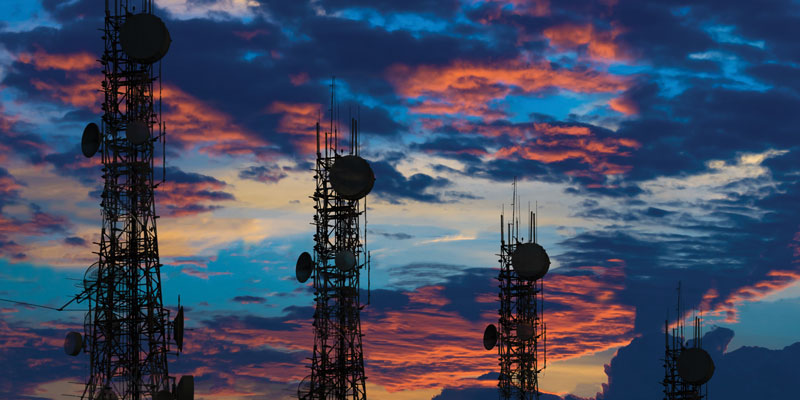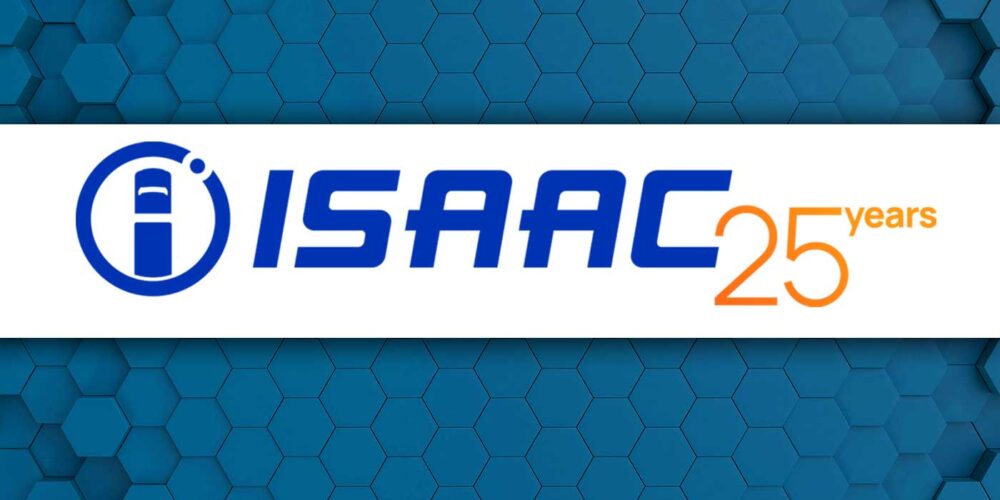
Cellular provider commercials are announcing the coming of 5G, and that means that 3G networks need to get out of the way to meet ever-increasing cellular bandwidth demands. While Verizon Wireless, the U.S.’s biggest cellular network provider, will be the first to shut down its 3G service on Dec. 31, the company has been able to extend 3G service for its commercial Verizon Connect customers. AT&T will sunset its 3G in 2022, with T-Mobile yet to announce a sunset date. Rather than wait to be asked: Can you hear me now? And have to answer: Nope, now is the time to take stock of what telematics devices will need replaced when the 3G network rides into the sunset.
“Planning should begin months ahead of any significant network change,” confirmed Michael Maddux, vice president of product at Verizon Connect. “Timing depends on inventory levels, shipping, installation time and coordination with the fleet manager.”
Chances are good—very good—that the telematics devices you employ are using 3G technology. While there’s no clear-cut answer, here are the estimates from some of the biggest telematics providers in the industry:
“We believe that well over 50% of the devices in use are using 3G technology,” said Andrew Dondlinger, vice president and general manager of connected services with Navistar. “Most fleets don’t change telematics hardware unless they have to.”
“Of approximately 2 million trucks (highway or vocational) and 1 million-plus trailers with connected GPS tracking in service, I’d estimate that approximately 80% are still using 3G, AT&T or T-Mobile, or CDMA from Verizon or Sprint,” said Colin Sutherland, executive vice president of Geotab. “This includes the majority of the AOBRD solutions that truck fleets may have purchased in 2017 or early 2018 that are 3G or CDMA.”
“Research firms have estimated that number to be around 80%, when you look at the full mobility landscape utilized by modern transportation companies today,” agreed Paul Nagy, chief product officer at Omnitracs.
Oof. That’s a lot of devices. And your fleet probably has quite a few of them. While you’ll have to contact your telematics provider to be certain, John Binder, director of wireless operations for Trimble Transportation, provided this rule of thumb:
“Generally speaking, any telematics devices installed before 2017 will likely rely on older 2G and 3G technology.”
So what do you do?

Step 1: Start talking about it now
Accept that there is going to be some pain during the transition, but no more so than you’re used to in your personal device life.
“Just think of how many cell phones you have owned in your lifetime,” Navistar’s Dondlinger said. “This is an inconvenience, but we are all used to this in our personal lives. Most of us change our cellphone so often that we don’t get caught out by network changes.”
After that, get to work making sure you have your telematics providers and associated devices.
“Any device, service, integration or application that relies on a 2G or 3G network connection would be impacted,” Trimble’s Binder said. “The entire end-to-end solution running on an older device would be affected by the sunset and resulting loss of coverage or slowing of connection speeds, including logins, messaging, e-logs, routing and maps, etc.”
Understand that hardware is going to need to be replaced—phones, tablets, telematics devices, cameras, asset trackers, etc.
“With capital expense budgets often being planned several years in advance, it’s important for fleet managers to have that heads-up in order to proactively begin preparing for the sunset and upgrading older hardware to LTE-capable devices,” Trimble’s Binder said. “The sooner fleets begin transitioning to LTE-enabled devices, the more flexibility they have to add new devices relative to their budgets—they can set a roll out pace that works for their business rather than waiting until the last minute and needing to replace every unit at once.”
“Make sure that the team managing the project has the skills, experience and time needed to be effective in that role,” Omnitracs’ Nagy recommended. “A phased implementation plan is typically preferred and is the best way to minimize the impact to the fleet. If possible, try to coordinate device upgrades with vehicle pre-planned maintenance schedules to avoid unnecessary downtime and productivity losses.”
That said, this is a good time to take stock of the telematics solutions you have in place. Ask yourself:
- Do you have an integrated solution that puts all the data where you want it? Or is the data siloed and behind too many dashboards?
- Can it integrate with OEM diagnostic data?
- Has your current solution evolved to meet new challenges?
- Do you have a strong relationship with your provider or is it transactional?
Answers to those questions will lead you to Step 2.

Step 2: Treat this as a telematics opportunity
If you have to replace a good chunk of telematics devices within your fleet, you can turn this potential headache into an opportunity to get your arms around your telematics strategy.
“Because the trucking industry relies on the data from trucks and trailers to efficiently manage business and maintain regulatory compliance requirements, the first decision a fleet manager needs to make is to choose their long-time partner for technology,” Geotab’s Sutherland said. “Think ELD and DVIR compliance as well as integrating with routing, IFTA reporting solutions, integrating with maintenance, workflow applications, load matching services and many more. Pick a partner that has an open platform, a proven track record for data security and privacy and is financially healthy.”
Consider that 4G LTE will most likely have a longer shelf life than 2G and 3G, even with the advent of 5G.
“The first step to a smooth transition is to work with your provider to ensure that all new device installations are completed with 4G-based hardware. Next, you will need to identify how many of your current vehicles with 3G-based devices will still be in service with your fleet at the 3G sunset date. Then, starting with the newest vehicles, setup a swap out plan to replace devices as they come in for standard maintenance. It is good to start this well in advance of the sunset date.”
—Andrew Dondlinger, vice president, general manager of connected services, Navistar
LTE stands for “Long Term Evolution.” So what’s the benefit? According to Trimble’s Binder, it’s a more efficient transfer of data.
“This will enable efficiencies in many areas across telematics offerings,” he continued. “For example, LTE has enabled Trimble to enhance the resolution and number of cameras offered in its Video Intelligence solution, as the data can be transferred and processed at a faster rate.”
Here’s Verizon Connect’s Maddux to underscore the 4G LTE investment:
“We have no plans to sunset our 4G LTE network and, in fact, continue to invest heavily in the advancement of that network. There are countless IoT solutions in the market now and countless more that will be coming to market. Our goal is to offer a variety of network options to meet the specific needs—power usage, data throughput, speed, mobility and scalability—of each individual IoT use case. For 5G, networks add a new functionality that allows 4G and 5G to exist on the same spectrum. This will lessen the need for network sunsets in the future.”
So when faced with upgrading from 3G technology, think long-term investment.
“Inexpensive telematics solutions may seem appealing at first glance, but may not be worth it if you have to swap out faulty or outdated hardware every few years,” Omintracs’s Nagy said. “Smaller or less experienced providers could struggle to adapt to technology changes and their customers will suffer as a result. For many carriers, a fleet-wide 4G upgrade is a big undertaking in both time and money, so the focus should be on choosing the solution provider that provides the best long-term return on investment.”
That’s not to say that you won’t be upgrading your hardware in another couple of years or sooner, but you’ll be more hesitant to switch telematics platforms that will start growing by leaps and bounds as solutions leverage things like video and machine learning.
“All technology has a limited shelf life and as the pace of change increases, product lifecycles are becoming shorter and shorter,” Nagy said. “In the past, it was not unheard for our customers to expect five, 10 or even 15 years out of their in-cab hardware investment. In the future, however, it may not be possible to keep devices that long and some would argue that it may not be in the best interest of the consumer, either.”
Fleets that rely on too much outdated technology may be limiting their own potential. How efficient and effective would any business be if they had to rely on technology that was created over a decade ago? Fleets should be upgrading their in-cab solutions on a more regular basis to help them leverage new technology to unlock higher levels of efficiency, performance and control.
To draw the cellphone parallel again: If you’ve had an iPhone, would you rather upgrade to the next iPhone or switch over to an Android phone? The former is a quick hardware switch, the latter is a more obtrusive operating system switch. Now is the time to invest in your future telematics system.

Step 3: Time to get technical
When you’re evaluating 4G LTE (and beyond) technology, you have to think about security. Gone are the days where you “own” your data, but you want to ensure that your data is protected, private and used only in ways stipulated by your end-user license agreements and contractual obligations.
“When evaluating a solution, device and network security should be top-of-mind,” Verizon Connect’s Maddux said. “Ensure devices support and have implemented Transport Layer Security [TLS], that they utilize private Access Point Names [APNs], Bluetooth and Wi-Fi connections are authenticated and ideally white-listed, and all firmware updates are digitally signed.”
If you don’t understand all of that technical jargon, you’re not alone, but be sure to bring along an internal IT person who will. If you’re flying solo, dropping a couple of these phrases—Transport Layer Security, private APNs—to give you an idea of how seriously provider takes security, and they’ll be able to walk you through their safeguards.
Integration is another big piece of the data puzzle. Ask providers how well they integrate with other data providers and OEMs. Oftentimes, as the fleet, you have to throw your investment weight around to get some providers to the integration table. You want to minimize that challenge as much as possible, especially if you’re looking to jump to a new telematics provider.
“We believe that there is a trend toward open hardware and systems which will allow a customer to utilize the OEM’s factory-installed telematics hardware, and select their provider of choice for telematics, ELD and other applications and services,” Navistar’s Dondlinger said. “At Navistar, it’s our philosophy that customers deserve the right to choose their telematics services a la carte, selecting the highest value applications and service to support their businesses. We’re working to develop a telematics option that allows customers to use their choice of telematics providers.”
As you go about implementing your new hardware, Geotab’s Sutherland recommended that you install the LTE hardware in parallel to the existing devices.
“In other words, don’t remove your current technology and replace it with the new LTE hardware,” he said. “If you are switching providers, you will need to have fully installed the replacement solution, trained your drivers, dispatchers, maintenance and other teams on the new upgraded services. Only when your team is trained on the new services, can you then terminate the legacy 3G devices you have and make a clean smooth transition.”
For more on this topic, click here to read Can you hear me now? More questions on the 3G sunset.













